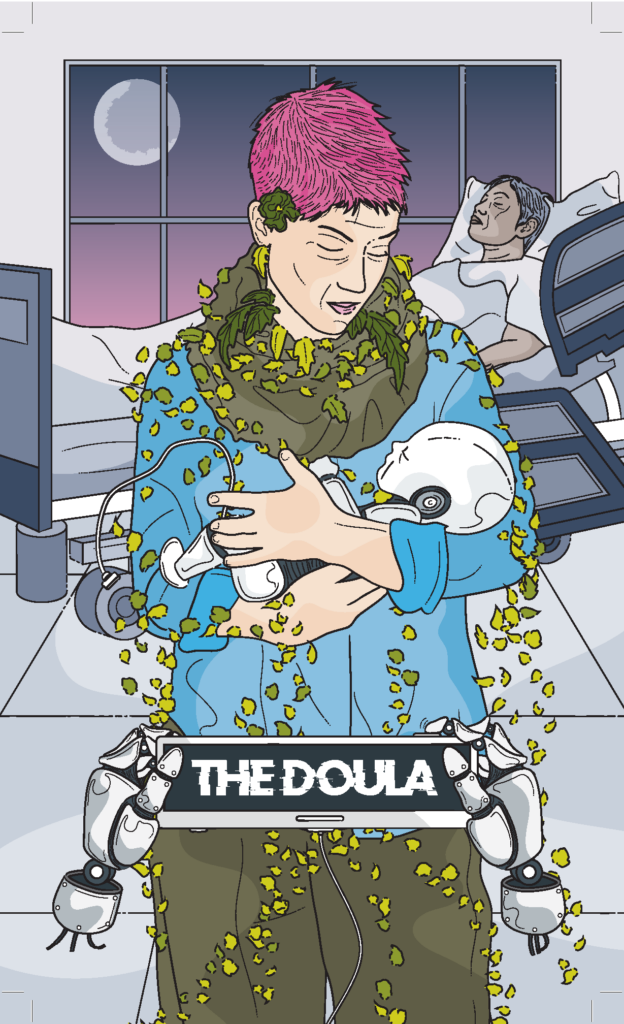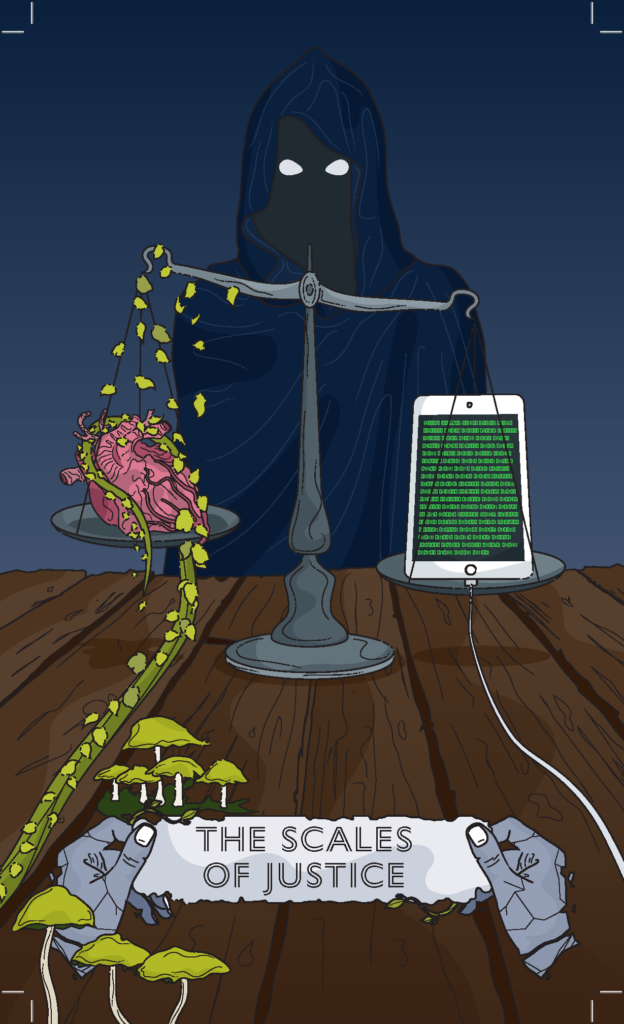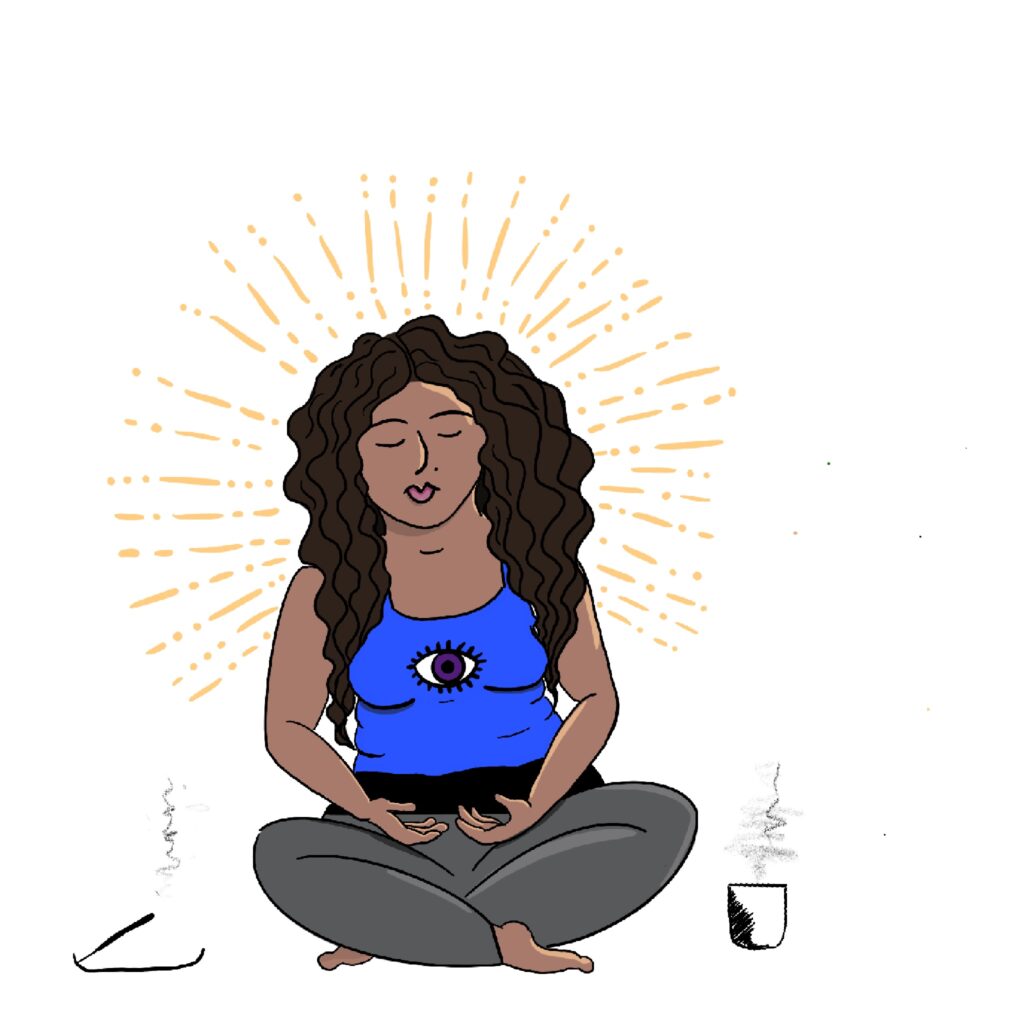by: d
hello darlings! i am so bummed i was unable to rejoin class last night. the parent meeting i had went longer than i anticipated. i’ll share here briefly that a big chunk of my day was dedicated to independently one of my (10 year old) student’s work for evidence of plagiary. in the age of google classroom and docs, it is all too easy to surveil, and ultimately punish, our students. i’m contending with what it means to exist in a role (for the time being) that requires this kind of work. i’m thinking of two cards from the tea, tech, and tarot deck we were looking at last night: the doula & the scales of justice. as an educator, i like to think of myself as providing my students with the tools they need in order for them to cultivate the learning journeys that most benefit their growth. but in my current role, i often myself tending more to the technology than to my students’ learning.


in my conversation with the family last night, i shared with the students’ father that our hope was that the student would be able to develop their own original, authentic voice. i discovered during my review of the student’s work that dad had been heavily editing her academic papers. as a dean, i recognize that this level of involvement is considered plagiarism in our academic program, and must uphold those institutional policies. as a person existing within the interlocking systems of neoliberalism, imperialism, colonialism, and patriarchy, i recognize that this was a case of a parent trying to help his child thrive in a world that is hell-bent on witnessing her failure. ultimately, the student was placed on academic probation, with threat of dismissal from our program (does the punishment fit the crime? within the context of predominantly white, white supremacist institutions, yes. our policies are a reflection of the realities our students will face in high school and college. at the same time, i wonder how closely we should expect 10 year olds to adhere to the ever changing guidelines of the American Psychological Association). my institutional responsibilities are in constant conflict with my intuition as an educator.
this semester i have been attempting to embrace decoloniality, epistemic disobedience, and knowledge creation in ways that feel more attuned to my intuitive learning process. as you all know, my goal for the semester was to create an abolitionist praxis repository/site that allowed me (and other social work educators/students) to more intimately explore abolitionist praxis. the site is still under construction, and you have all seen an iteration of it. i decided to take a step back from the site and to create a tangible representation of my own journey to abolition in the form of a zine. the zine format feels appropriate at this time, as this has historically been a format and strategy for making information accessible in grassroots communities. when i started my PhD, i promised myself that my work would be accessible to my parents. to my friends. and to my community members. eventually, i plan on incorporating short-form media like this in my abolitionist praxis repository. this is still a draft of the work that i am unpacking, but i wanted to share this iteration of my final project here: mapping transformation zine
thank you all for contributing to such a caring and engaging ecosystem. wishing you all luck as you wrap up the semester!



